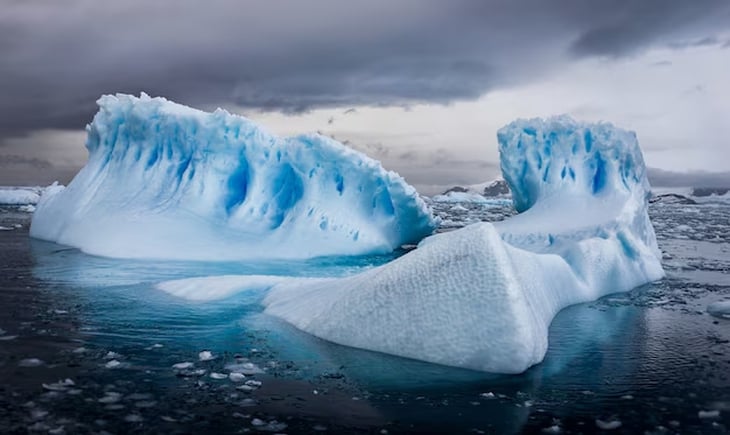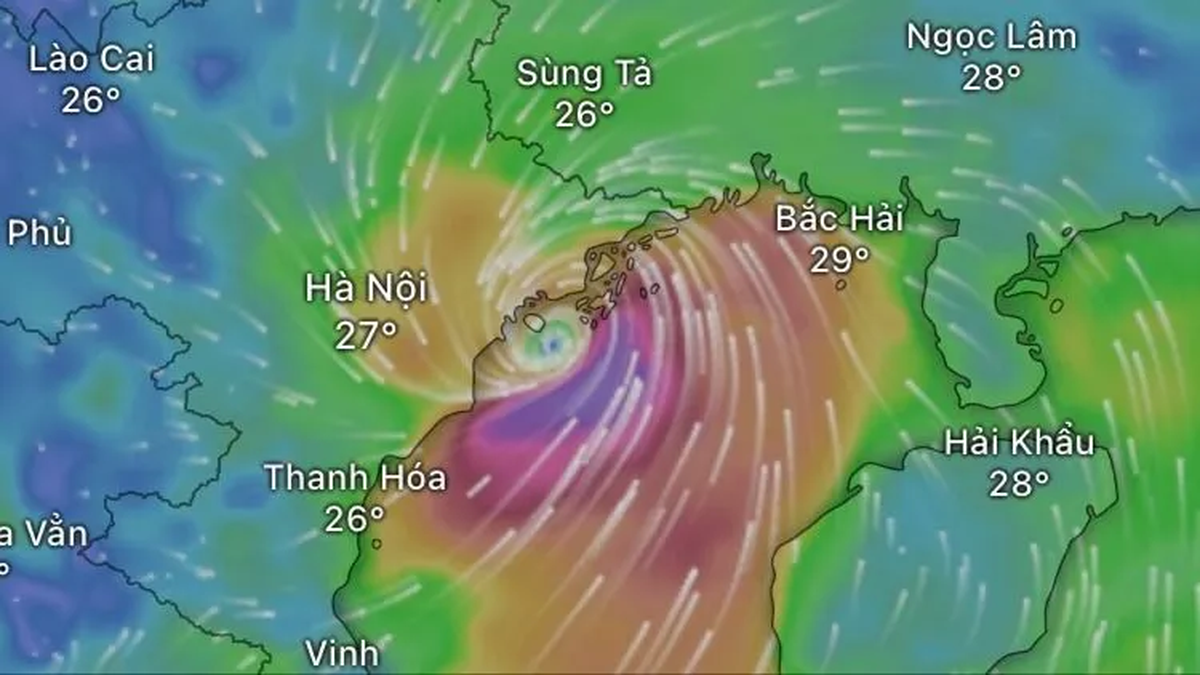
The idea that a Southern Ocean current has completely reversed is an impossible conclusion to draw based on just 10 years of data - Photo: FREEPIK
Through a review, fact-checking organization Snopes confirmed that researchers measuring the salinity of the Southern Ocean found surprising results, but some online reports have misrepresented details related to ocean currents there.
The article makes no mention of the ocean currents being reversed.
For decades, computer models predicting climate change have suggested that as the Earth warms, the water at the ocean’s surface will become less salty—as polar ice melts, adding more water to the system but no salt to go with it. This prediction is consistent with observations scientists have made over the years.
But between 2015 and 2016, this trend suddenly reversed. Surface waters around Antarctica in the Southern Ocean began to become saltier, not less salty.
On June 30, 2025, a research team led by Alessandro Silvano of the University of Southampton (UK) published a report titled "Rising surface salinity and declining sea ice: A new Southern Ocean state revealed by satellites" in the peer-reviewed scientific journal Proceedings of the National Academy of Sciences of the United States of America (PNAS).
Less than a week later, an online news service incorrectly reported that Silvano's team had discovered an ocean current in the Southern Ocean that had "reversed" for the first time in recorded history.
In an article titled "Southern Ocean current reverses for first time, signalling risk of climate system collapse," the bne IntelliNews website summarized the study's findings for the public to understand, and the article was then copied and widely shared on social media, with many believing that the conclusions were accurately described.
But the headline was completely misleading, Silvano told Snopes over Zoom. While his report noted a trend change, it did not document any ocean current reversal .
Can't draw conclusions with just 10 years of data
Until 2014, according to Silvano, scientists observed two trends in the Southern Ocean: the water became more freshwater, and perhaps paradoxically, more sea ice (cold, freshwater at the surface slows down the circulation patterns that carry heat to the ocean's surface).
But starting in 2015, the trend reversed — sea ice shrank dramatically and surface water became saltier. Scientists noticed this immediately, but it was unclear what caused the change.
“We’ve been thinking about these things for a long time,” Silvano said. “And one thing we started thinking about a few years ago was, ‘Could we use satellites to look at salinity from space?’”
They're not the first to think of it — NASA and the European Space Agency already have satellites that monitor ocean salinity.
However, there are challenges in using these satellites to observe the polar regions. Satellite signals struggle to measure colder waters, and floating patches of sea ice can obstruct measurements.
Silvano's team developed algorithms to filter out noise, and the dramatic changes in the Southern Ocean became a natural testing ground for them. Once the satellite data was collected, they compared it with data from Argo floats—a global network of ocean-monitoring devices that record salinity.
Indeed, the data showed saltier surface waters, consistent with previous observations and demonstrating that satellites can be used to measure surface salinity near the poles.
However, the study does not draw any conclusions about why surface waters in the Southern Ocean are becoming saltier, whether this trend will continue, or suggest that a Southern Ocean current has completely reversed.
One of the most dangerous aspects of climate change is that it is happening on a scale that is longer than a human lifetime, even as human actions cause the Earth to warm much faster.
Silvano's team looked at 12 years of data for their study. He said it would take "hundreds of years" of data to really understand the patterns and draw conclusions.
The idea that a Southern Ocean current has completely reversed is an impossible conclusion to draw based on just 10 years of data. The only things that have reversed in the past 10 years are trends in sea ice and water salinity.
“What I’m really passionate about is the question of ‘Why,’” Silvano said. “Our study is just a paper documenting the salinity reversal, but we don’t really know why.”
Source: https://tuoitre.vn/dong-hai-luu-gan-nam-cuc-dao-chieu-lan-dau-tien-trong-lich-su-20250715232122007.htm





































































































Comment (0)